Searching for a good night's sleep leads many to explore various bedding options, with mattress toppers often being popular. Latex mattress toppers have gained significant attention for their comfort and purported durability. However, concerns about their potential toxicity have also emerged, sparking debates and leaving consumers in a quandary about their safety.
This comprehensive guide will discuss deep into the world of latex mattress toppers to uncover the truth behind the toxicity claims. We'll explore their composition and potential health risks and provide insights to help you decide whether these toppers are a safe addition to your bedding.
Understanding Latex Mattress Toppers
Latex, derived from the rubber tree sap, is the primary material in these toppers. There are two primary types of latex used in mattress toppers:
- Natural Latex: Natural latex, revered for its eco-friendliness and hypoallergenic properties, originates from the sap of rubber trees. It's processed using the Dunlop or Talalay method, each impacting the final product's consistency and feel.
- Synthetic Latex: Derived from petroleum-based chemicals, it imitates natural latex properties but lacks similar eco-friendliness and might trigger allergies in sensitive individuals.
Addressing Toxicity Concerns

The toxicity concerns surrounding latex mattress toppers revolve around the chemicals used in the production process, especially in synthetic latex. These chemicals can include VOCs (Volatile Organic Compounds) like formaldehyde and various flame retardants. Prolonged exposure to these compounds may pose health risks, leading to allergic reactions or respiratory issues in some individuals.
However, it's crucial to note that reputable manufacturers adhere to stringent standards and certifications, ensuring their products meet safety regulations. Certifications like OEKO-TEX® and eco-INSTITUT assure that the mattress topper materials meet specific safety and environmental criteria, mitigating the risks associated with toxic substances.
Tips for Choosing a Safe Latex Mattress Topper
When considering a latex mattress topper, here are essential factors to consider to ensure its safety:
- Material Composition: Opt for natural latex toppers over synthetic ones to minimize exposure to potentially harmful chemicals.
- Certifications: Look for certifications like OEKO-TEX® or eco-INSTITUT to verify the product's safety standards.
- Manufacturer Reputation: Choose products from reputable brands known for their commitment to quality and safety.
Maintaining a Healthy Sleep Environment
While the toxicity concerns surrounding latex mattress toppers are valid, many experts suggest that the risk is relatively low, especially with high-quality, certified products. Additionally, maintaining a healthy sleep environment involves more than just the mattress topper:
- Ventilation: Ensure proper ventilation in your bedroom to reduce the concentration of indoor air pollutants.
- Regular Cleaning: Regularly clean your mattress topper and bedding to minimize dust mites and allergens.
- Invest in Encasements: Consider using allergen-proof encasements for both mattresses and pillows.

While there are valid worries about potential exposure to chemicals, choosing high-quality, certified natural latex toppers from reputable manufacturers can significantly mitigate these risks.
When making a purchase decision, consider factors like material composition, certifications, and manufacturer reputation. By being informed and proactive about your bedding choices and maintaining a healthy sleep environment, you can prioritize comfort and safety for a peaceful night's rest.
FAQs
What makes latex mattress toppers stand out?
The best Latex mattress toppers offer a unique blend of comfort, support, and durability. They conform to your body's contours, relieving pressure points while providing excellent responsiveness. Moreover, they're naturally hypoallergenic and resistant to dust mites and mold, making them a perfect choice for those with allergies or sensitivities.
Are firm mattress toppers suitable for all sleepers?
A firm mattress topper caters to various sleep preferences but might be particularly beneficial for back and stomach sleepers. These toppers provide additional support, promoting spinal alignment and preventing sinkage, which can be especially advantageous for individuals who prefer sleeping on their back or stomach. However, personal comfort preferences play a significant role, and some side sleepers might also find firm toppers supportive based on their individual needs.
How thick should a latex mattress topper be?
The thickness of a latex topper largely depends on personal preference and the level of support needed. Generally, thicknesses range from 1 to 4 inches, with thicker toppers offering more cushioning.
Can a latex mattress topper improve the lifespan of my mattress?
Yes, placing a latex topper on an older mattress can provide extra support and cushioning, potentially prolonging the mattress's lifespan by reducing wear and tear.
Are latex mattress toppers suitable for individuals with allergies?
Natural latex toppers are hypoallergenic and resistant to dust mites and mildew, making them a perfect choice for allergy sufferers. However, those allergic to latex should avoid them.


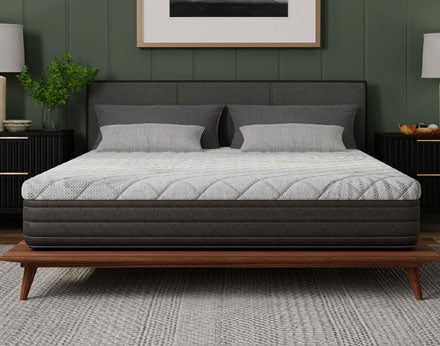








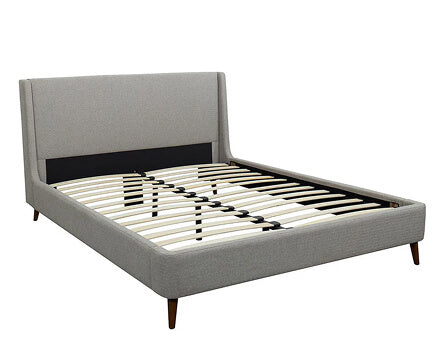
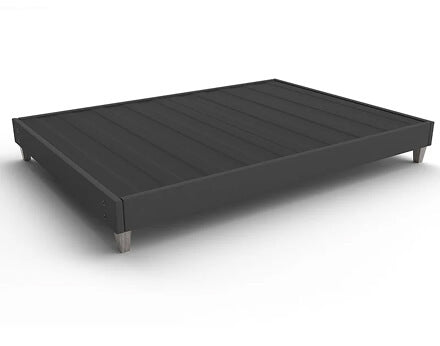
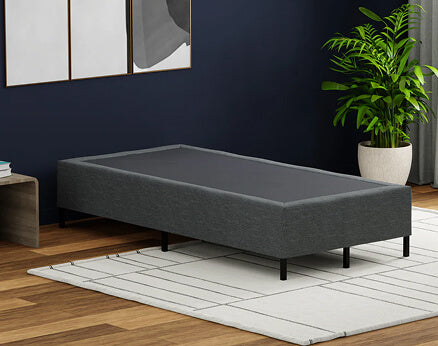

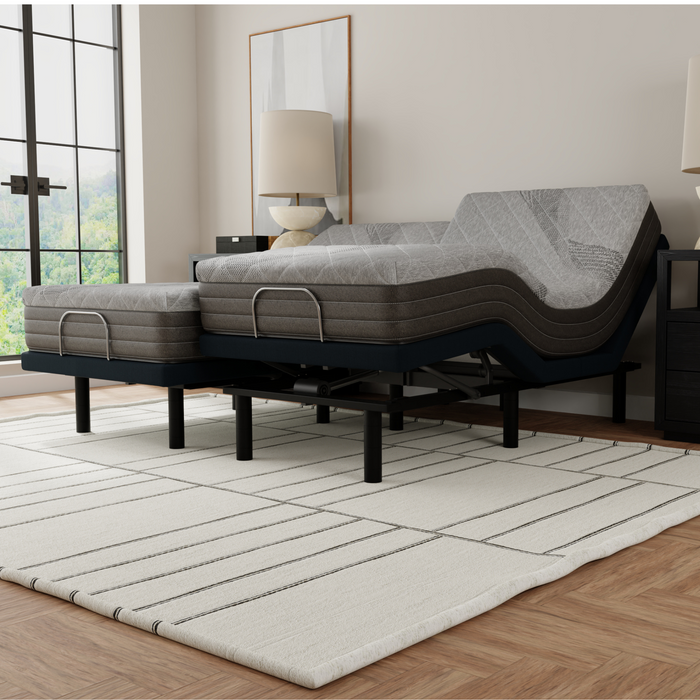
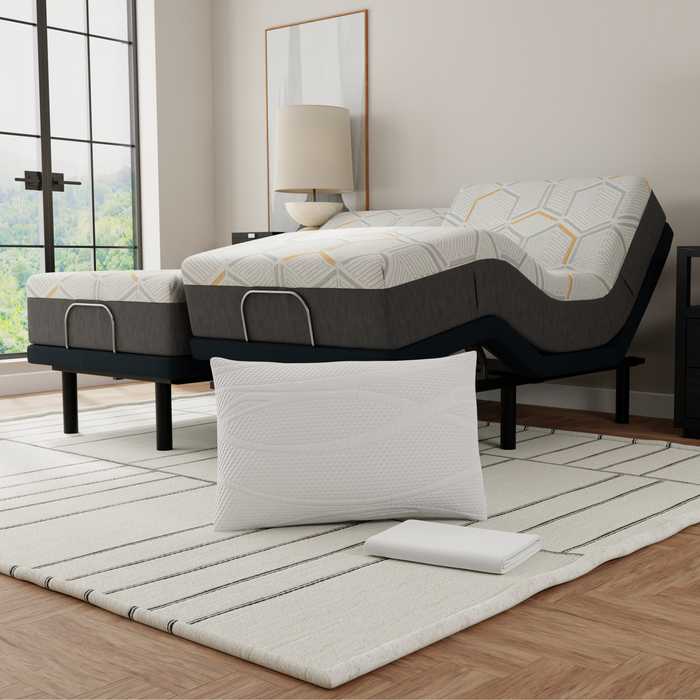
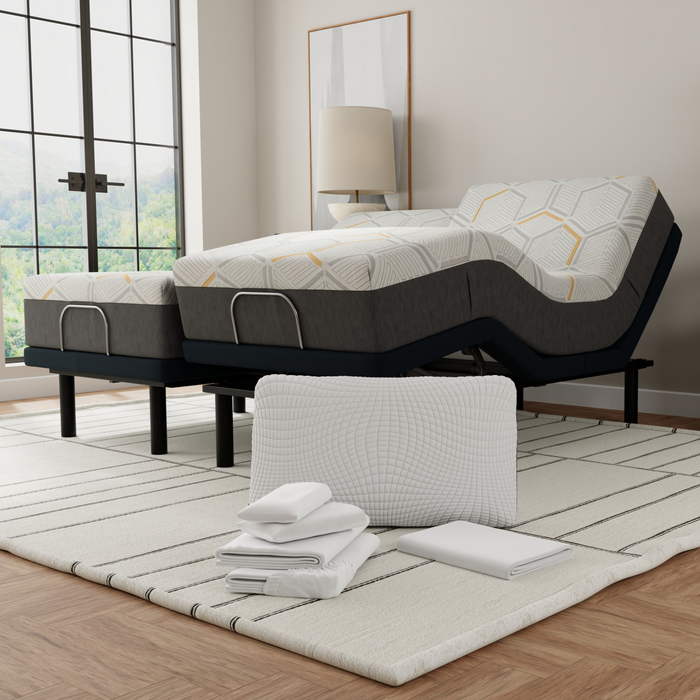
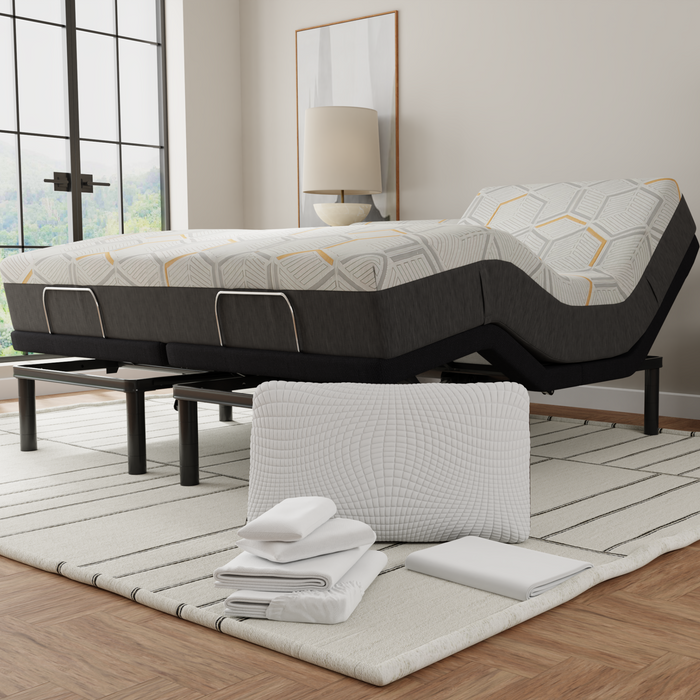
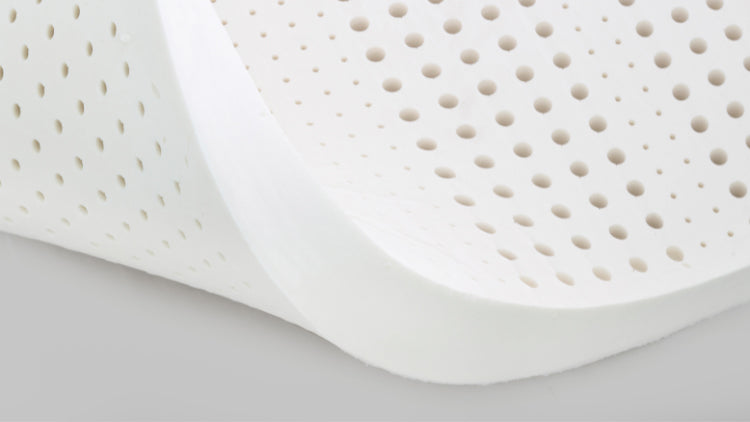


Leave a comment
This site is protected by hCaptcha and the hCaptcha Privacy Policy and Terms of Service apply.